is malignant pleural effusion a death sentence
Malignant pleural effusions are common in cancer patients with advanced disease. Malignant pleural effusion MPE is a sign of advanced cancer and is associated with significant symptom burden and mortality.

Predominance Of Th17 Over Regulatory T Cells In Pleural Effusions Of Patients With Lung Cancer Implicates A Proinflammatory Profile Anticancer Research
Malignant pleural effusion MPE is an exudative effusion with malignant cells.

. High-resolution CT will frequently demonstrate abnormalities including opacities pleural effusion consolidation or pulmonary nodules. Malignant pleural effusion is a common clinical problem. Scientists have only recently discovered that talc stunts tumor growth.
When pleural effusion is related to cancer or there are cancer cells in the fluid it may be called malignant pleural effusion. The prognosis of cases where the effusion is due to carcinoma of the lung or due to cancer of the gastrointestinal tract or ovarian cancer is the poorest. MPE is a common symptom and accompanying manifestation of metastatic disease.
Malignant pleural effusion MPE is the build up of fluid and cancer cells that collects between the chest wall and the lung. Malignant pleural effusions are one of the leading causes of exudative effusions. Lung cancer and breast cancer account for.
Studies are contributing evidence on an increasing number of therapeutic options therapeutic thoracentesis thoracoscopic pleurodesis or thoracic drainage indwelling. Recurrent malignant effusions that require. This can cause you to feel short of breath andor have chest discomfort.
The main symptom of malignant pleural effusions MPE is shortness of breath 57 typically. Symptomatic malignant pleural effusion is a common clinical problem. Malignant pleural effusions MPEs are a troublesome and debilitating complication of advanced malignancies with 150000 cases in the United States each year.
Or most commonly tube drainage. Bilateral pleural effusion is due to malignancy in 50 of cases if there is no sign of cardiomegaly 1. Malignancy is the most common cause of massive pleural effusion and if this is the case clinical signs may be obvious.
It can also develop if cancer cells block or. There is a lack of consensus among respiratory physicians worldwide on. The average malignant pleural effusion life expectancy is a little less than six months with the median survival time being as less as four months.
Whereas it is fairly well known that patients with malignant pleural effusions have a high mortality and poor prognosis we dont believe that. In 1989 she died at her home in Hong Kong due to pleural effusion. Chest signs consistent with the pleural effusion include reduced expansion dull percussion note reduced breath sounds and reduced vocal resonance.
Malignant Pleural Effusions I. Should the MPE recur a more definitive management strategy is often undertaken with several. It occurs in around 7 to 23 of lung cancers but can also occur with other cancers such as breast cancer ovarian cancer leukemia and lymphomas.
Therapeutic options include systemic treatment. Malignant pleural effusion muh-LIG-nunt PLOOR-ul eh-FYOO-zhun A condition in which cancer causes an abnormal amount of fluid to collect between the thin layers of tissue pleura lining. It is blown into the lining of the lungs giving no room for the fluid to build up.
Malignant pleural effusions are effusions that arise from neoplastic involvement of the pleural surface. Of the 15 million people diagnosed with pleural effusion in the USA annually 178 000 undergo thoracentesis. It is a fairly common complication in a number of.
This usually occurs in patients with advanced lung or breast cancer accounting for up to 65 of its incidence. Malignant pleural effusion is a condition in which cancer causes an abnormal amount of fluid to collect between the thin layers of tissue pleura lining the outside of the lung and the wall of the chest cavity. Causes Pleural effusion can be caused by cancer cells spreading to the pleura.
To date management has been palliative in nature with a focus on draining the pleural space with therapies aimed at preventing recurrence or providing intermittent drainage through indwelling catheters. The worldwide incidence of malignant pleural effusions is unknown but. The soft powder stimulates healthy cells to produce a hormone called endostatin.
Evacuation of the pleural fluid and prevention of its reaccumulation are the main aims of management. Talc has been used in lung cancer patients to alleviate fluid around the lungs called pleural effusion. For patients with malignant pleural effusions it allows them to continue chemotherapy if indicated.
Malignant pleural effusions may also be treated with therapeutic taps and pigtail placement while chemotherapy or other treatments are initiated. The standard management approach begins with a diagnostic andor therapeutic thoracentesis. One of the complications of cancer is malignant pleural effusion a condition where abnormal amounts of fluid collect between the two layers of tissue which lines between the outside of lungs pleura and the wall of chest cavity.
Malignant pleural effusions are a common clinical problem in patients with various malignancies and produce significant morbidity in the majority of affected patients. Thus on a concluding note it can be said. A malignant pleural effusion is a complication that involves the build-up of fluid containing cancer cells between the membranes that line the lungs.
While it is known that malignant pleural effusion portends a poor prognosis mortality of patients with nonmalignant effusions has not been well studiedThis prospective cohort study evaluated 308 patients undergoing thoracentesis. These patients usually present with chest pain cough and progressive shortness of breath all of which may cause significant impairment in quality of life. It affects up to 15 of all patients with cancer and is the most common in lung breast cancer lymphoma gynecological malignancies and malignant mesothelioma.
The diagnosis of a malignant pleural effusion is the first indication of a malignancy in 13 of patients with a. Pleurodesis should be attempted early although considerable practice variations exist in the way it is performed. Effusions that range from 200300 ml can cause costophrenic angle opacification at anteroposterior chest x-ray.
The presence of a pleural effusion indicates a high risk of death with 15 of patients dying within 30 days and 32 dead within one-year of hospital admission. Even 100 ml of pleural fluid can be seen in a lateral decubit x-ray. This condition is associated with very high mortality with life expectancy ranging from 3 to 12 months.
Between 42 and 77 of exudative effusions are secondary to malignancy.

Thoracoscopic Talc Versus Tunneled Pleural Catheters For Palliation Of Malignant Pleural Effusions The Annals Of Thoracic Surgery
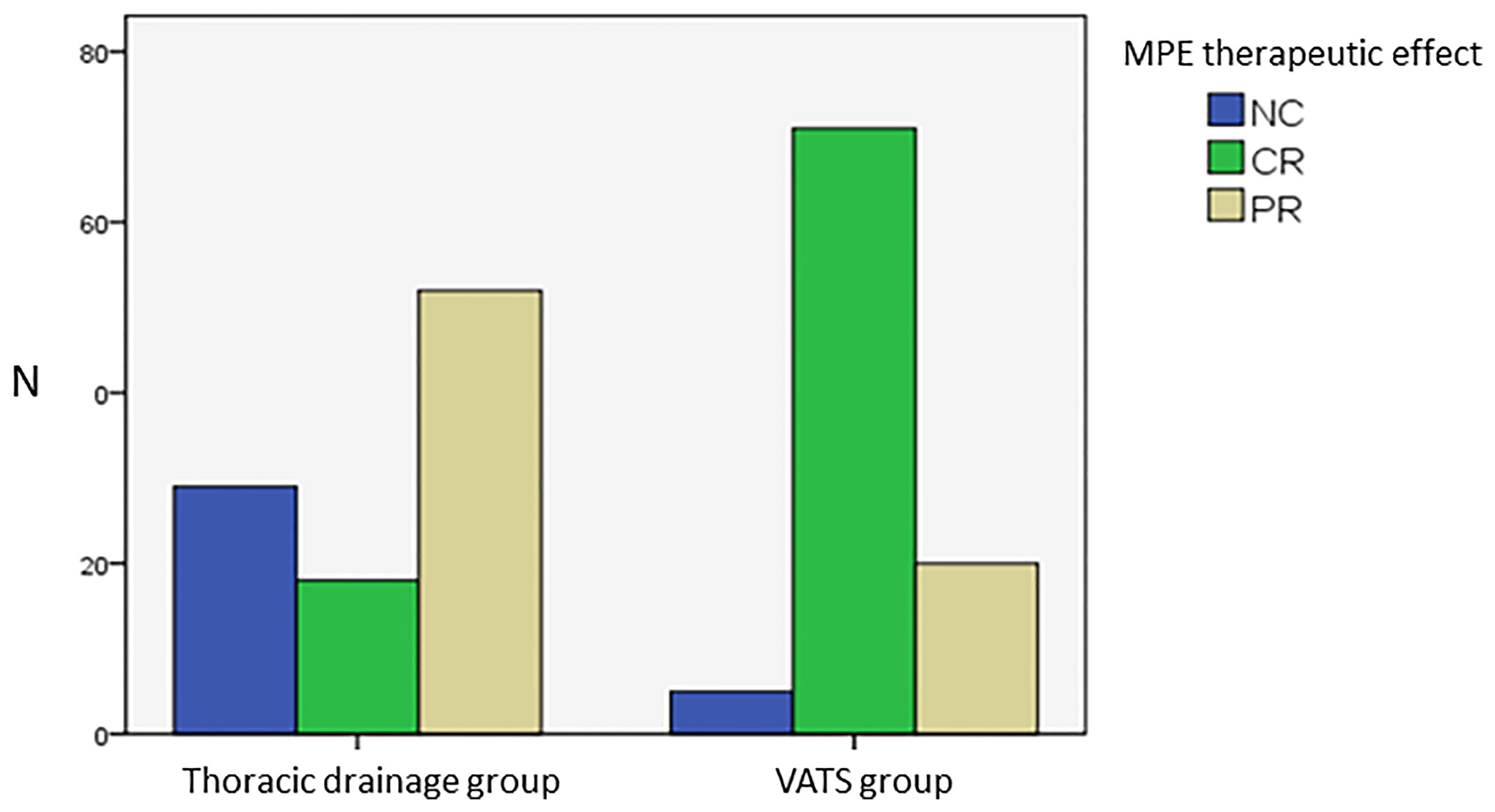
Frontiers Survival Benefits For Pulmonary Adenocarcinoma With Malignant Pleural Effusion After Thoracoscopic Surgical Treatment A Real World Study Oncology

1 Minute Consult When Should An Indwelling Pleural Catheter Be Considered For Malignant Pleural Effusion Consult Qd

Pleural Effusion Treatment Causes Symptoms Prognosis
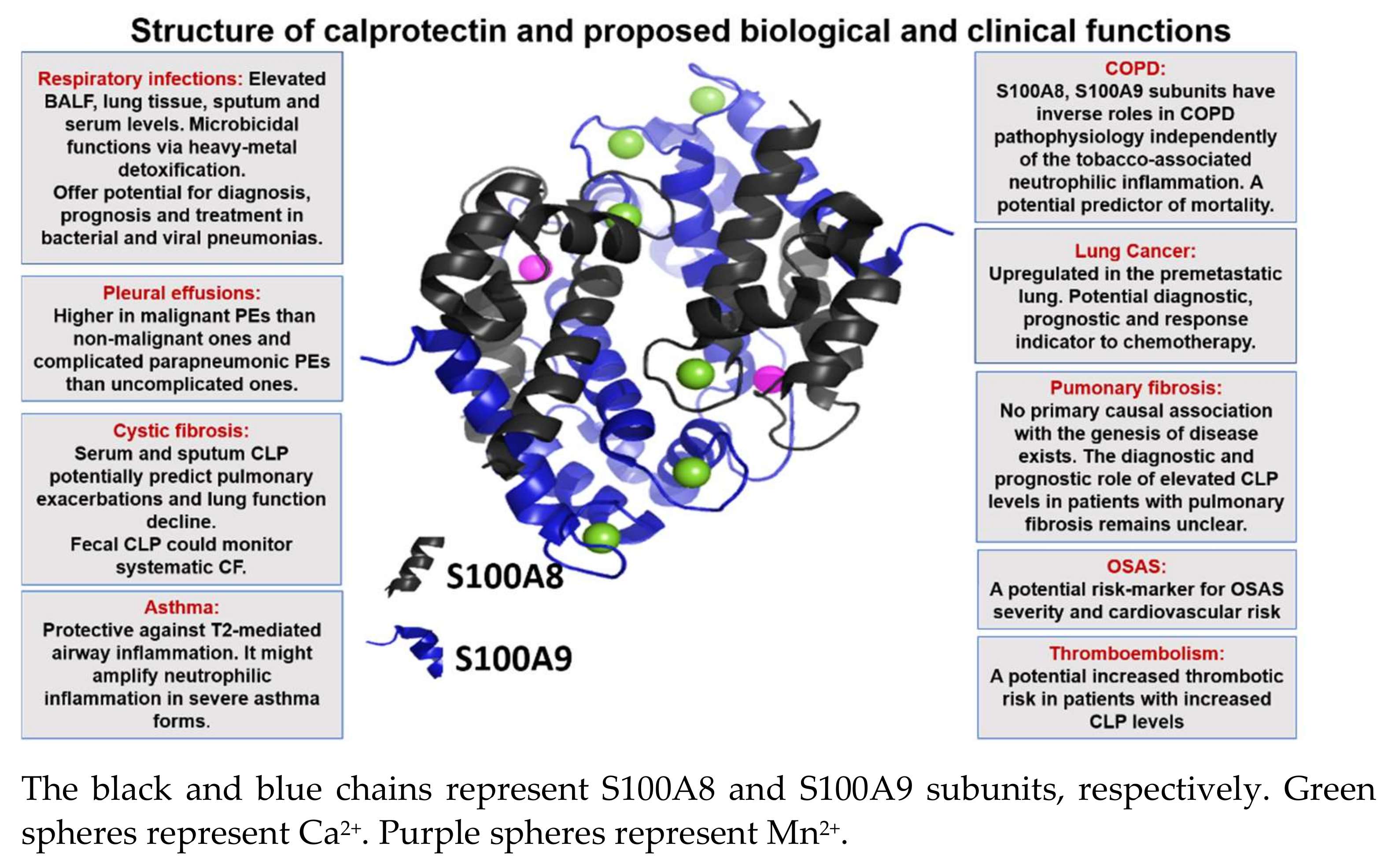
Ijms Free Full Text Calprotectin In Lung Diseases Html

Pleural Effusion Treatment Causes Symptoms Prognosis
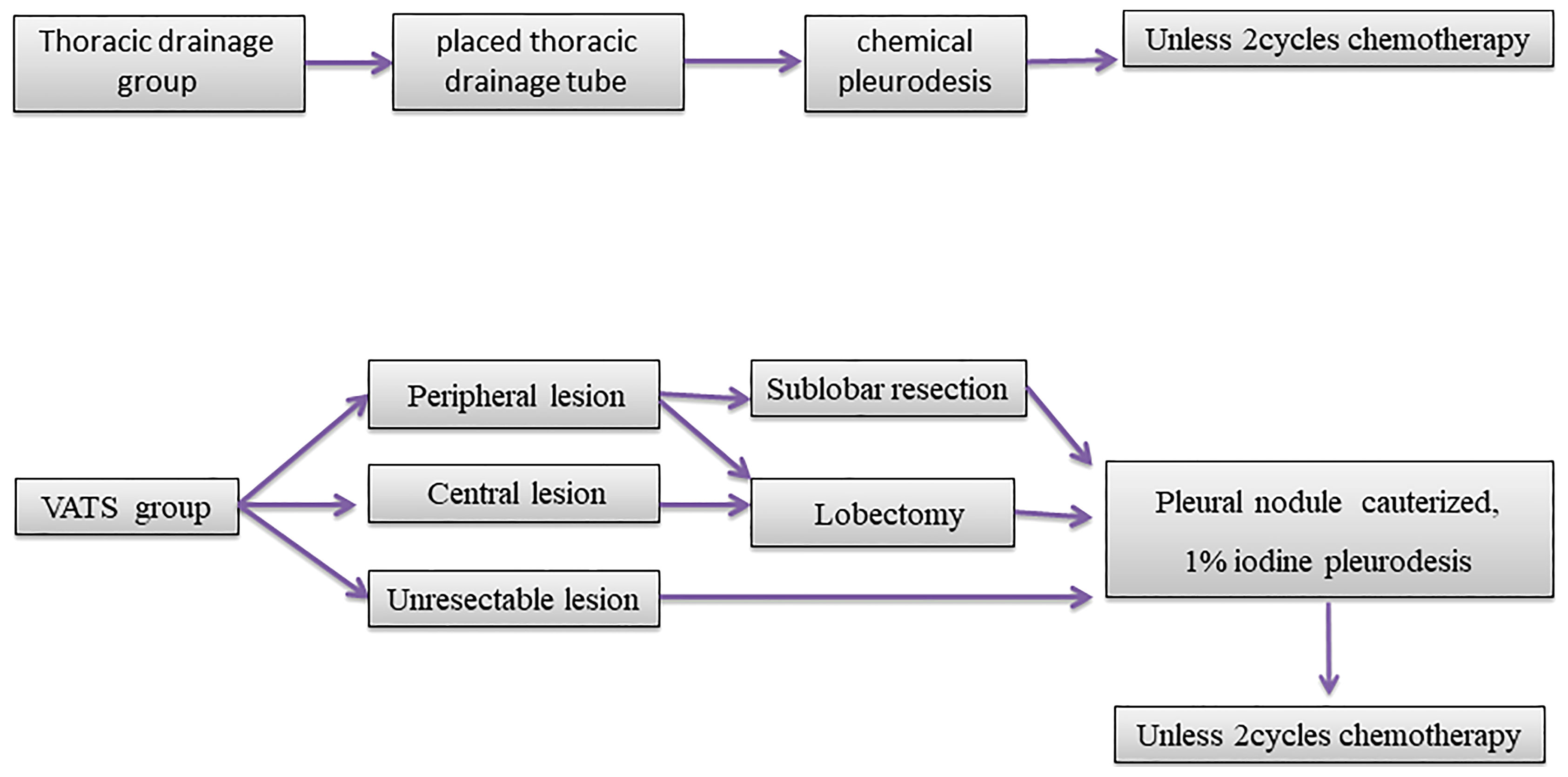
Frontiers Survival Benefits For Pulmonary Adenocarcinoma With Malignant Pleural Effusion After Thoracoscopic Surgical Treatment A Real World Study Oncology
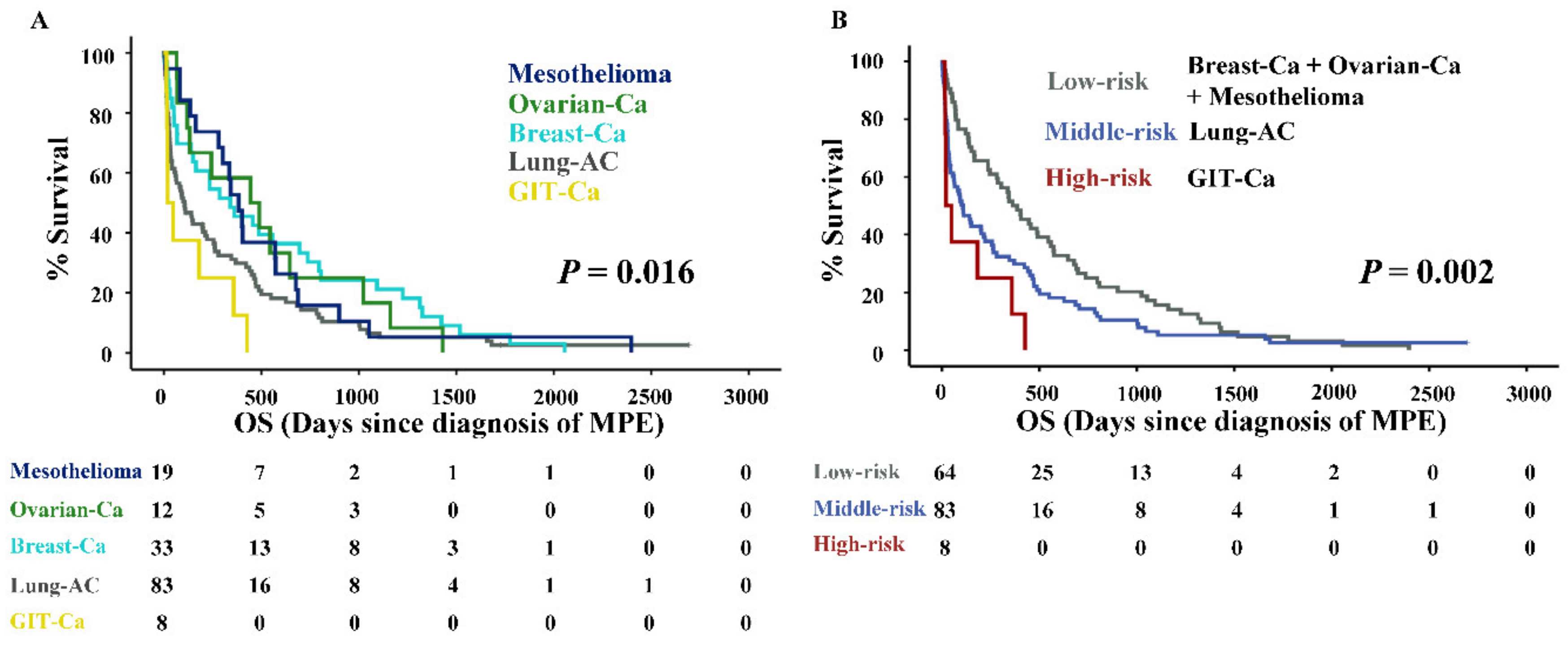
Cancers Free Full Text Prognostic Immune Cell Profiling Of Malignant Pleural Effusion Patients By Computerized Immunohistochemical And Transcriptional Analysis Html

Kras Signaling In Malignant Pleural Mesothelioma Embo Molecular Medicine

1 Minute Consult When Should An Indwelling Pleural Catheter Be Considered For Malignant Pleural Effusion Consult Qd
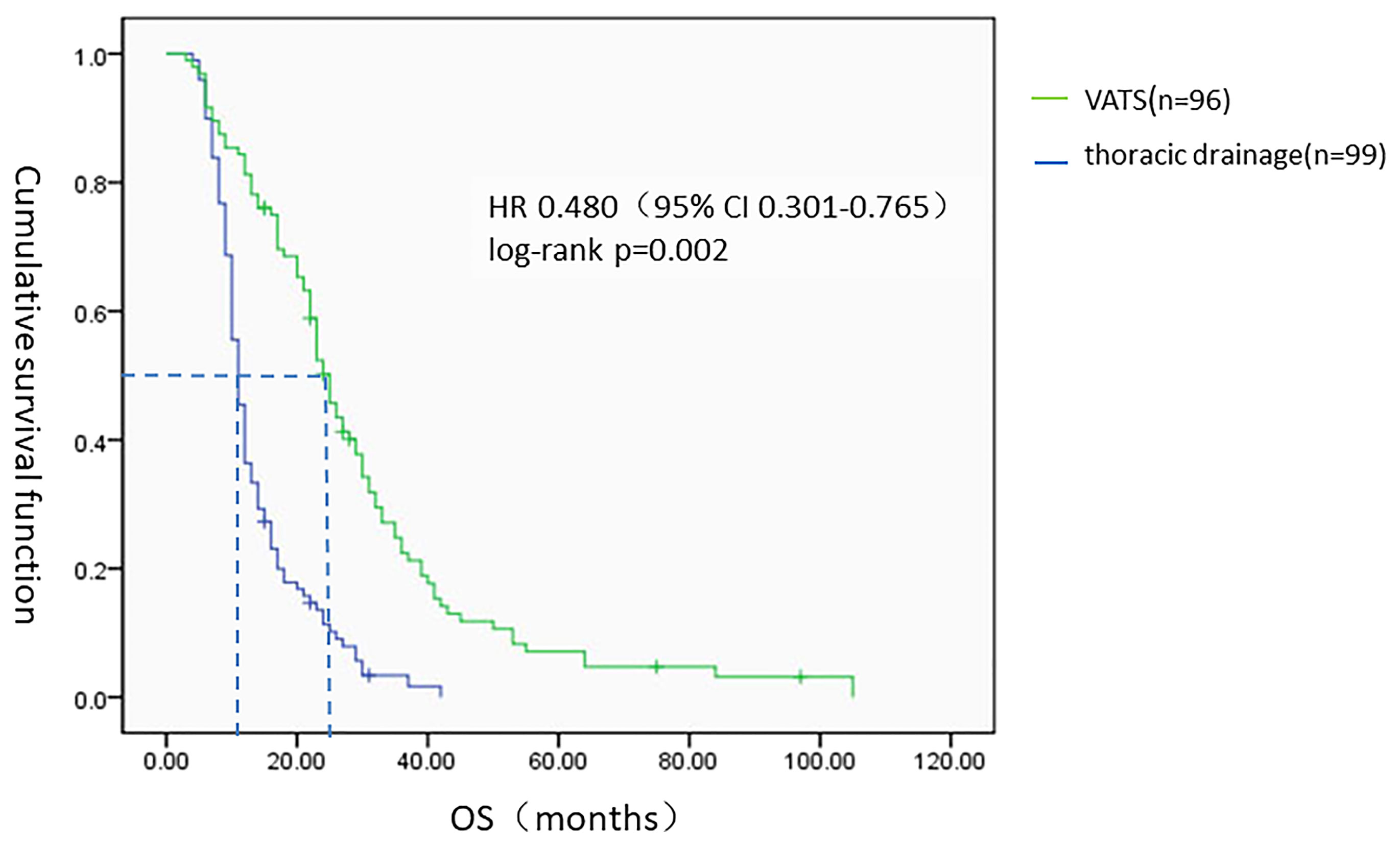
Frontiers Survival Benefits For Pulmonary Adenocarcinoma With Malignant Pleural Effusion After Thoracoscopic Surgical Treatment A Real World Study Oncology

Frontiers Survival Benefits For Pulmonary Adenocarcinoma With Malignant Pleural Effusion After Thoracoscopic Surgical Treatment A Real World Study Oncology

Cytological Negative Pleural Effusion Can Be An Alternative Liquid Biopsy Media For Detection Of Egfr Mutation In Nsclc Patients Lung Cancer

Kras Signaling In Malignant Pleural Mesothelioma Embo Molecular Medicine

1 Minute Consult When Should An Indwelling Pleural Catheter Be Considered For Malignant Pleural Effusion Consult Qd

A New Study Is Shining A Spotlight On The Disturbing Fact That You Don T Have To Have Worked In An Asbestos Industry To Be Exposed Mesothelioma Asbestos Cancer

1 Minute Consult When Should An Indwelling Pleural Catheter Be Considered For Malignant Pleural Effusion Consult Qd
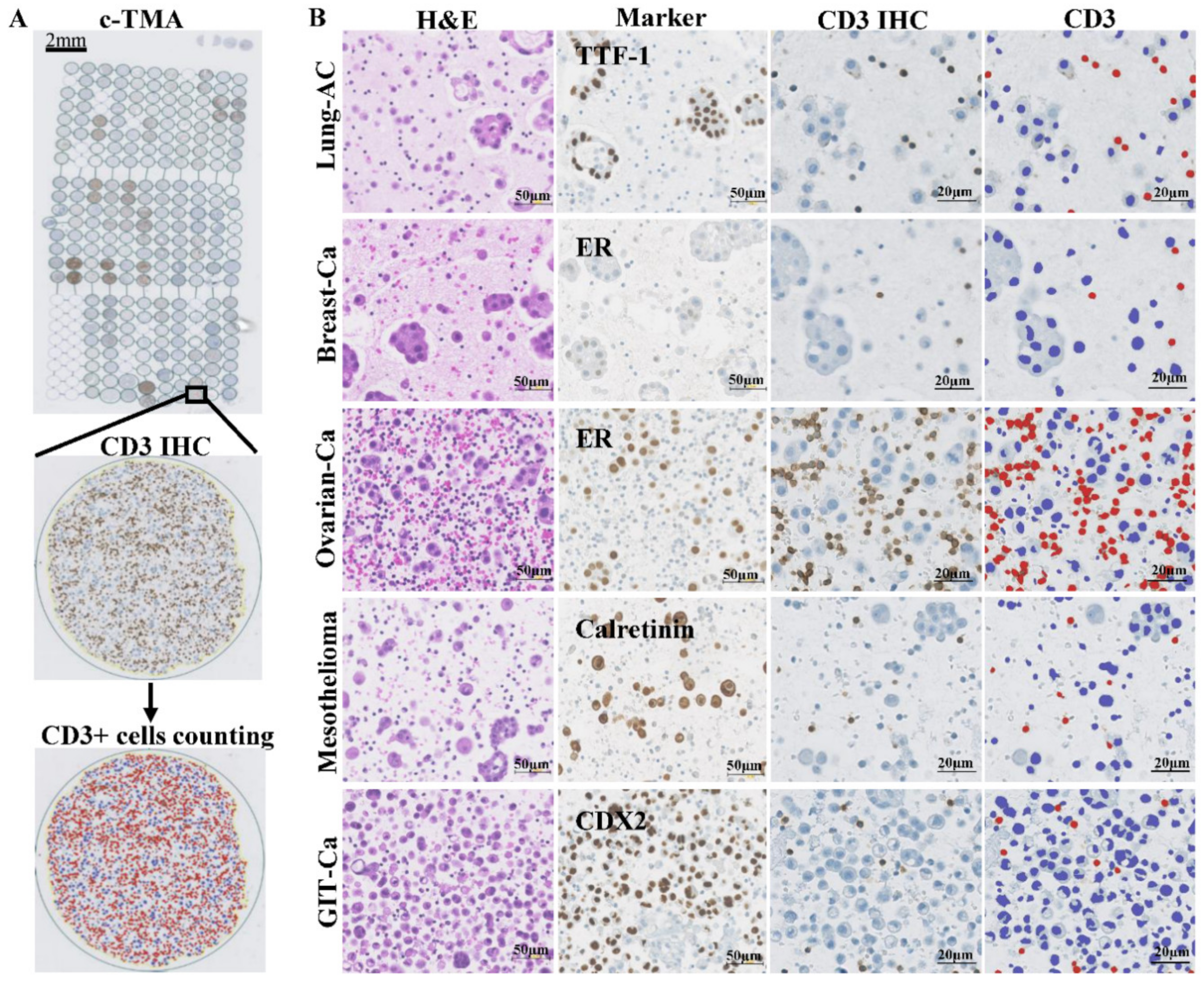
Cancers Free Full Text Prognostic Immune Cell Profiling Of Malignant Pleural Effusion Patients By Computerized Immunohistochemical And Transcriptional Analysis Html